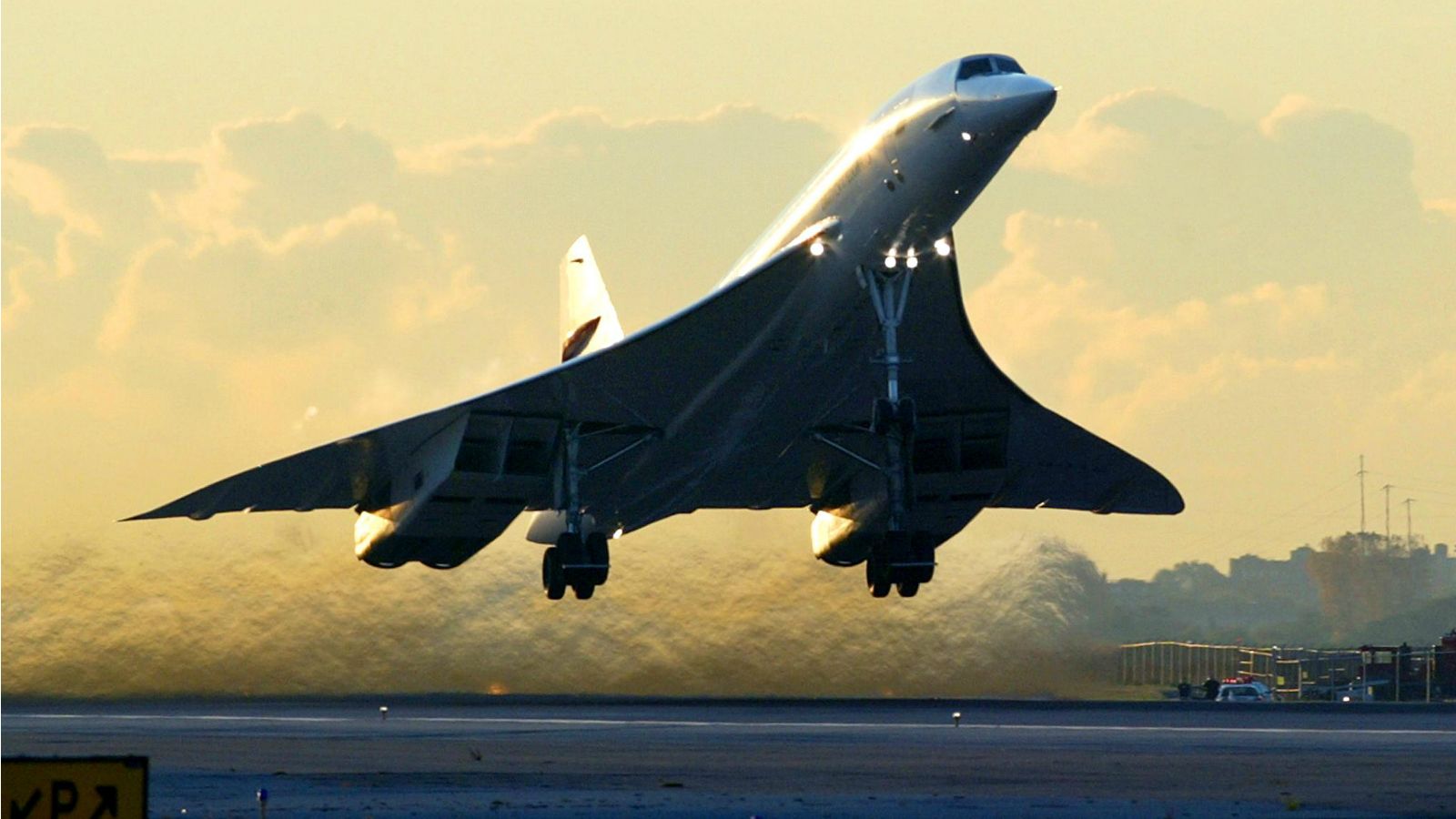Exploring the Legacy and Design of the Iconic Concorde
The Concorde, a name that reverberates with the echoes of supersonic speed and technological ambition, stands as a testament to human ingenuity. Launched as a product of international collaboration, this passenger aircraft bridged the gap between continents at unprecedented speeds, capturing the imagination of millions. Today, we delve into the remarkable legacy and design innovations that made the Concorde an iconic symbol of aviation history.
The Supersonic Journey of the Concorde’s Legacy

The Concorde’s legacy is one of both triumph and challenge, marking a pivotal chapter in aviation history. Born out of a 1962 agreement between the British and French governments, the Concorde was conceived during an era of optimism in aerospace development. Its first commercial flight in 1976 marked the beginning of an illustrious, albeit controversial, era of supersonic travel. The aircraft was capable of cruising at Mach 2, allowing passengers to travel from London to New York in under four hours, a journey that typically took twice as long. This unprecedented speed offered not just a faster travel alternative but a glimpse into the future of international connectivity, positioning the Concorde as a luxury experience for the elite.
The operational lifespan of Concorde spanned nearly three decades, during which it became a symbol of prestige and innovation. Despite its allure, the Concorde faced numerous challenges that ultimately led to its retirement in 2003. These included high operational costs, limited passenger capacity, and environmental concerns, primarily due to its sonic boom and fuel inefficiency. Furthermore, a tragic accident in 2000 when an Air France Concorde crashed shortly after takeoff, killing all on board, underscored the risks and vulnerabilities associated with supersonic travel. This incident, combined with the downturn in post-9/11 air travel, accelerated the aircraft’s decline.
Nevertheless, the Concorde’s legacy goes beyond its commercial viability. It embodied a spirit of daring advancement, inspiring subsequent generations of engineers, designers, and aviators. The aircraft’s remarkable performance and design continue to be studied and revered, with modern aviation still striving to replicate its achievements in a more sustainable manner. The Concorde remains an enduring symbol of what is possible when nations unite in pursuit of a common goal, forever leaving its mark on the history of flight.
Unveiling the Design Marvel of the Concorde

The Concorde was a marvel of aerospace engineering, known as much for its sleek, distinctive design as for its technological prowess. Its delta wing configuration, with a slender fuselage and elegantly pointed nose, was not only aesthetically striking but also functionally essential for achieving supersonic speeds. The aerodynamics of the Concorde allowed it to minimize drag and maintain stability at high altitudes, a crucial factor in its ability to cruise efficiently at twice the speed of sound. This design was the result of extensive research and testing, showcasing an extraordinary blend of artistry and engineering.
One of the most iconic features of the Concorde was its droop nose, an innovative solution to a complex problem. During takeoff and landing, the aircraft’s elongated nose cone would lower, improving pilots’ visibility and handling at slower speeds. Once airborne, the nose could be retracted to its streamlined position, optimizing the aircraft’s aerodynamic efficiency. This mechanism exemplified the meticulous attention to detail that went into Concorde’s design, balancing the demands of high-speed performance with practical operational requirements.
Inside the cabin, the Concorde offered a unique experience, exuding both luxury and technological sophistication. Passengers enjoyed exclusive amenities and unparalleled views as they soared above the Earth’s atmosphere, witnessing the curvature of the planet from their windows. Despite its small passenger capacity—typically carrying around 100 travelers—the Concorde’s interior was designed to maximize comfort and service. The combination of design elements both inside and out contributed to the Concorde’s enduring status as an icon of aviation, a symbol of an age when the skies were the limit.
The Concorde remains a beacon of what human ambition and collaboration can achieve when pushing the boundaries of what is possible. Its legacy is a complex tapestry of triumphs and tribulations, offering a rich source of inspiration and lessons for modern aviation. While supersonic passenger travel may have receded into history with the Concorde’s retirement, the aircraft’s influence persists, encouraging continued exploration into faster, more efficient, and sustainable air travel. As we look to the future of aviation, the Concorde stands as a reminder that with the right vision, the seemingly impossible can be within reach.



